One major conclusion after sitting in session after session on the Obama campaign at RootsCamp 2012, at least as far as most of his digital campaign is concerned, was that the technology was a clear evolution from 2008, but the scale at which the campaign employed it was a revolution.
The social media numbers alone are insane. Obama's Twitter account had 21-plus million followers , for instance, compared to 31.6 million "Likes" on his Facebook page. We've never seen a political social channel with a following even remotely of that scale -- and at that audience size -- a lot of our assumptions about the need for online engagement go out the window. How could you possibly go back and forth with that many followers? It's hard to be much more than a broadcast channel when you have millions of fans -- but broadcast can be just fine when you have that many people to amplify your voice.
The campaign's use of data has also received plenty of coverage (check our post-election Quick Hits for a small sample), but note that Obama 2008 had already built a system to keep track of information generated by grassroots canvassing and phone banks and used it to guide strategic decisions. What was different in 2012 was the sheer extent of the data collected and the campaign's ability to keep track of it, cross-reference it and actually put it to practical use day to day. Obama's folks could (and did) model the election over and over in the weeks before the votes were cast, using the results to focus their persuasion and GOTV work. Romney's team were so ill-informed by their own internal data that they didn't even realize they were losing until late on Election Day.
Field? Again, the basic structure derived from 2008, but the campaign rolled it out earlier and more broadly, and they used updated technology (including Dashboard) that took as many kinks out of the process as possible. Email fundraising? The same emphasis on testing as in '08, but with a much larger list for a laboratory. We'll be looking at these questions in much more detail in the weeks to come (note that I'm planning to re-issue the Obama book with new chapters about the 2012 campaign), but I don't think the basic idea will change: on the digital side, 2008 was 2012, but much, much moreso.
Also published on Epolitics.com